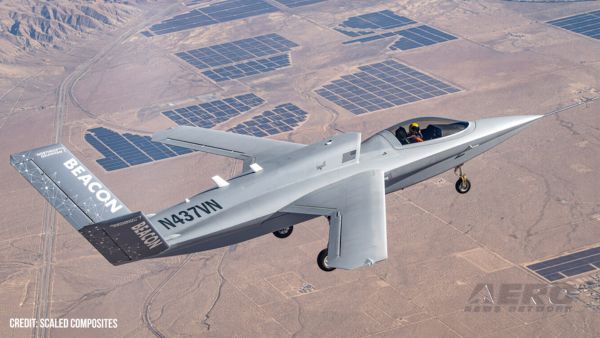Tue, Feb 07, 2006
Advertisement
More News
 NTSB Prelim: Schleicher ASW27-18
NTSB Prelim: Schleicher ASW27-18
A Search Of The Area By The Second Glider Revealed White Smoke And Glider Debris On August 1, 2025, about 1358 mountain daylight time, a Schleicher ASW27-18, N929JK, was involved i>[...]
 Aero-News: Quote of the Day (09.23.25)
Aero-News: Quote of the Day (09.23.25)
“We had the challenge of taking an airplane that has only flown once and converting it into a versatile autonomous testbed, which demonstrates Scaled’s agility and flex>[...]
 ANN's Daily Aero-Term (09.23.25): Ground Communication Outlet (GCO)
ANN's Daily Aero-Term (09.23.25): Ground Communication Outlet (GCO)
Ground Communication Outlet (GCO) An unstaffed, remotely controlled, ground/ground communications facility. Pilots at uncontrolled airports may contact ATC and FSS via VHF radio to>[...]
 Classic Aero-TV: Upgrading The Future - Profiling the Stratos 716X
Classic Aero-TV: Upgrading The Future - Profiling the Stratos 716X
From 2018 (YouTube Edition): Stratos Jets Will Initially Be Offered Kits Stratos Aircraft presented an update on its VLJ program and introduced the Stratos 716 model at AirVenture >[...]
 Airborne 09.17.25: 787 Pilot Busted, 1st Production Ascend, Sling 4 Cocaine Haul
Airborne 09.17.25: 787 Pilot Busted, 1st Production Ascend, Sling 4 Cocaine Haul
Also: Douglas Day Event, Tidal Flight And DeltaHawk, Runway Lighting Systems, Supersonic Regs British Airways suspended one of its pilots who was drunk while traveling as a passeng>[...]
blog comments powered by Disqus



